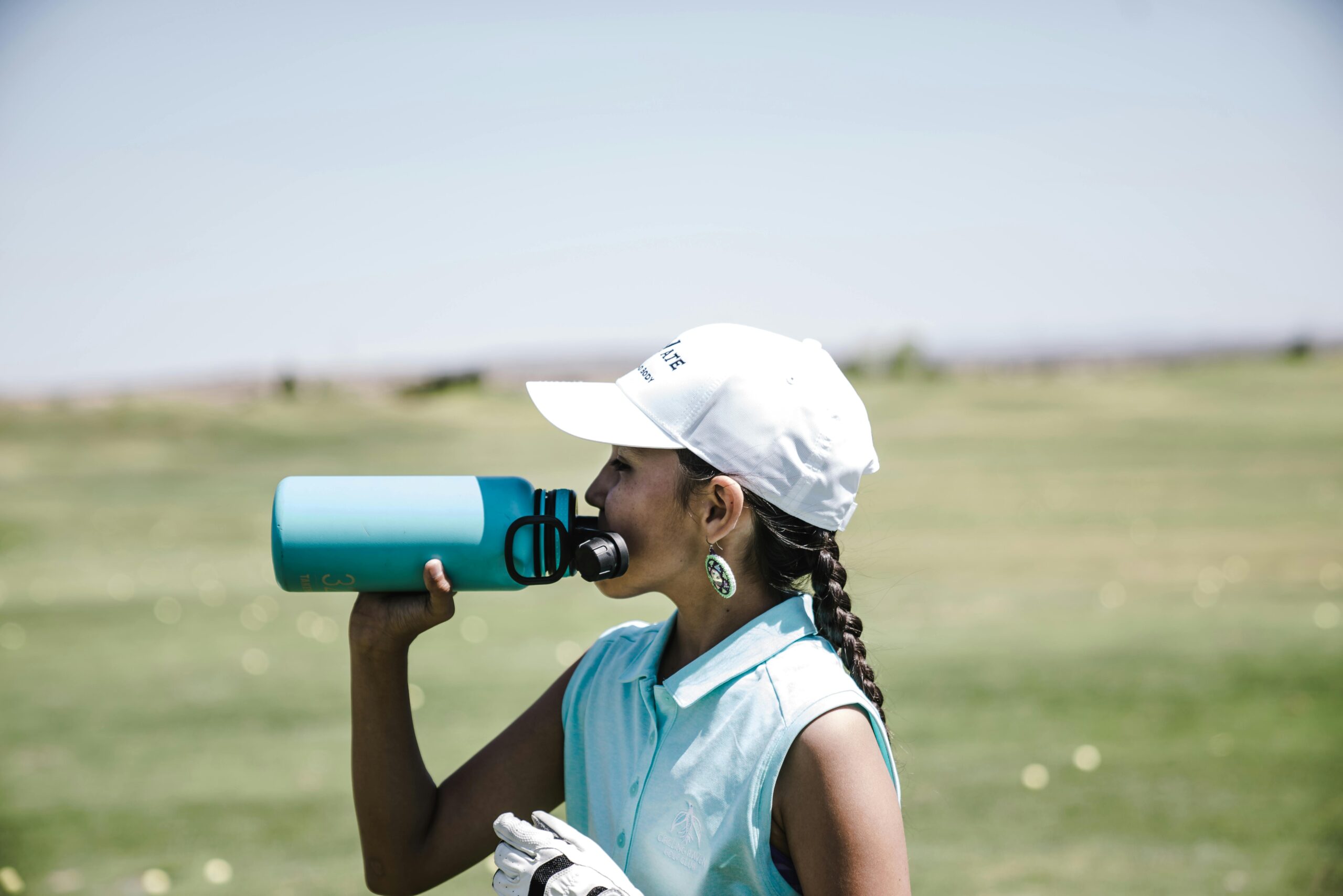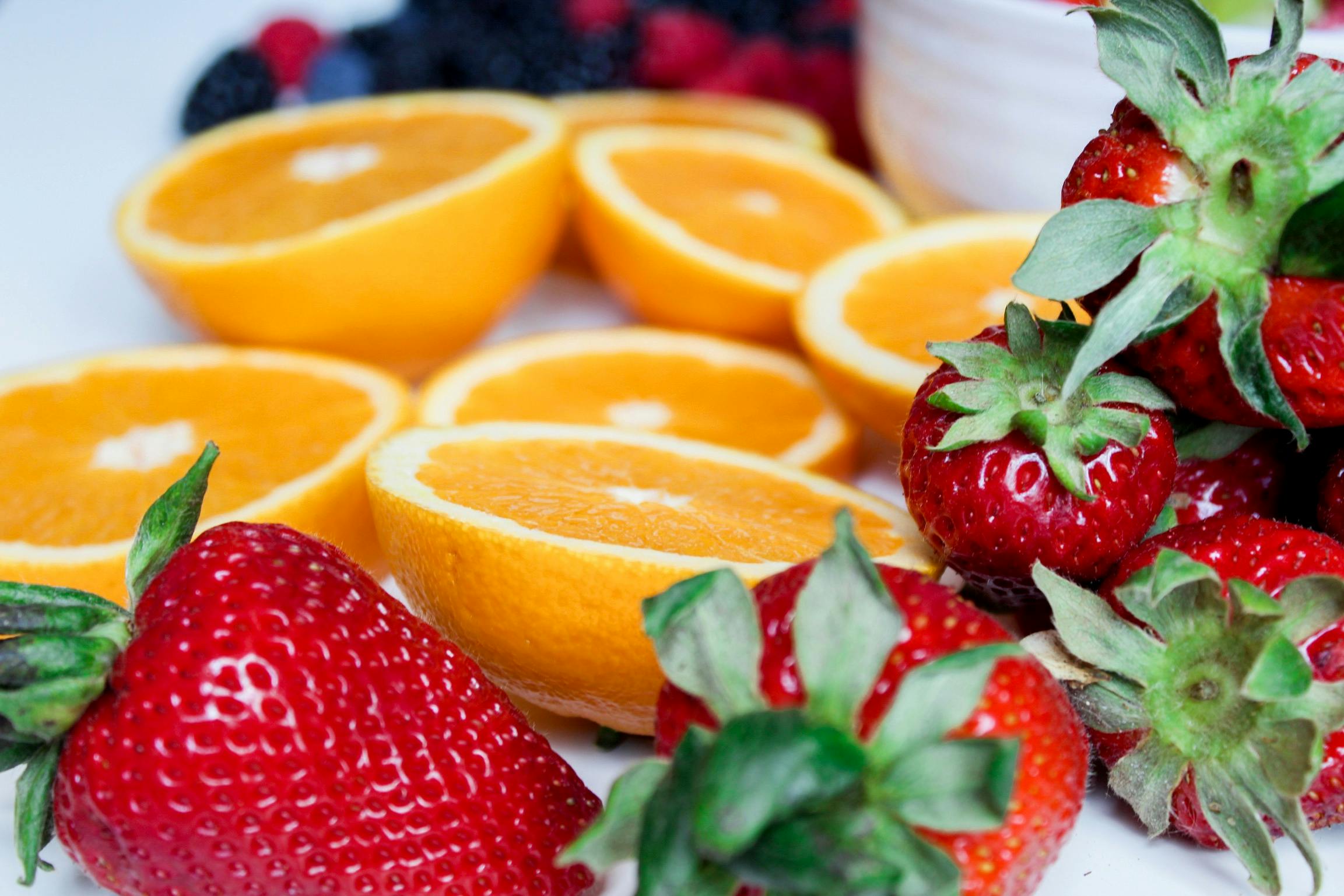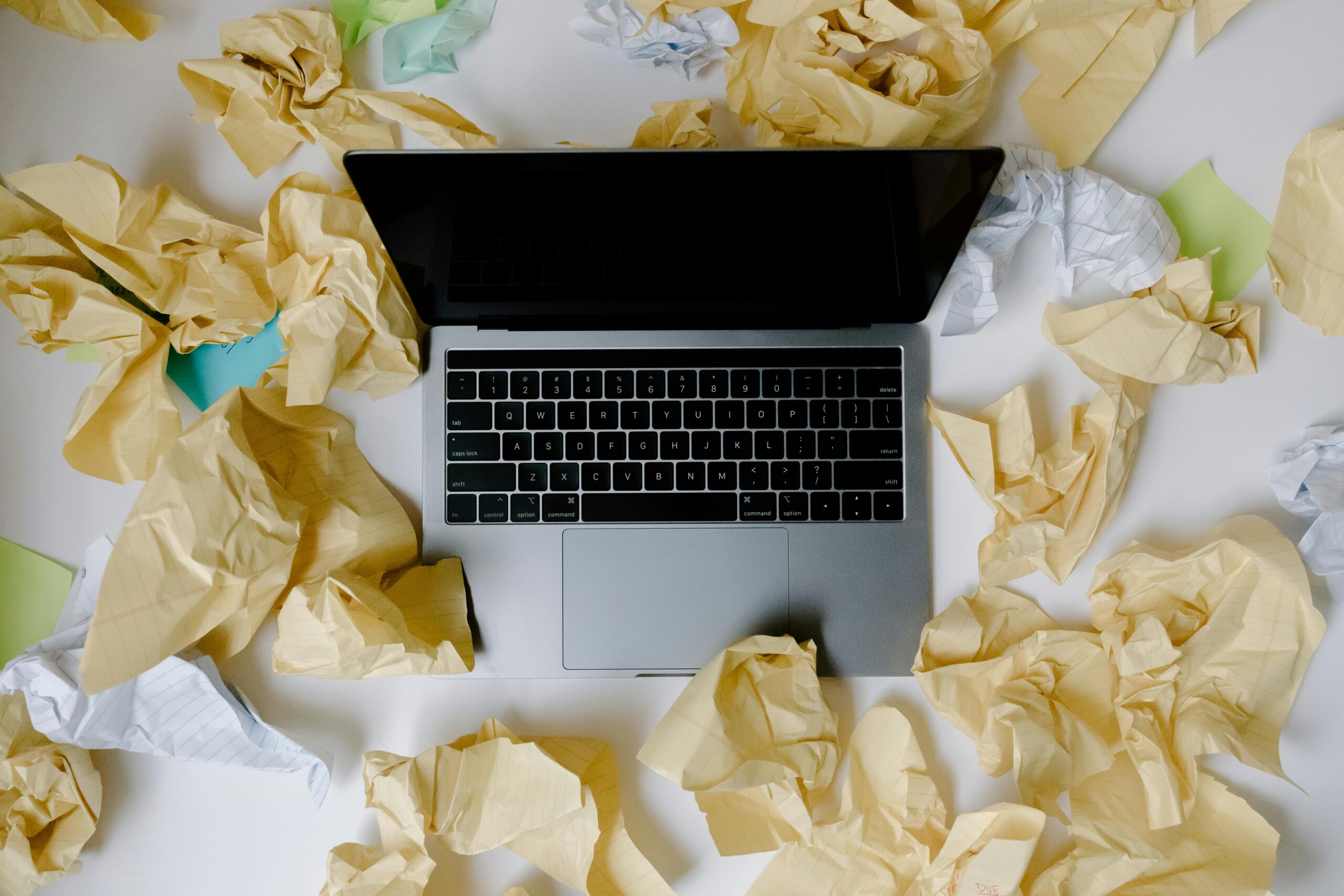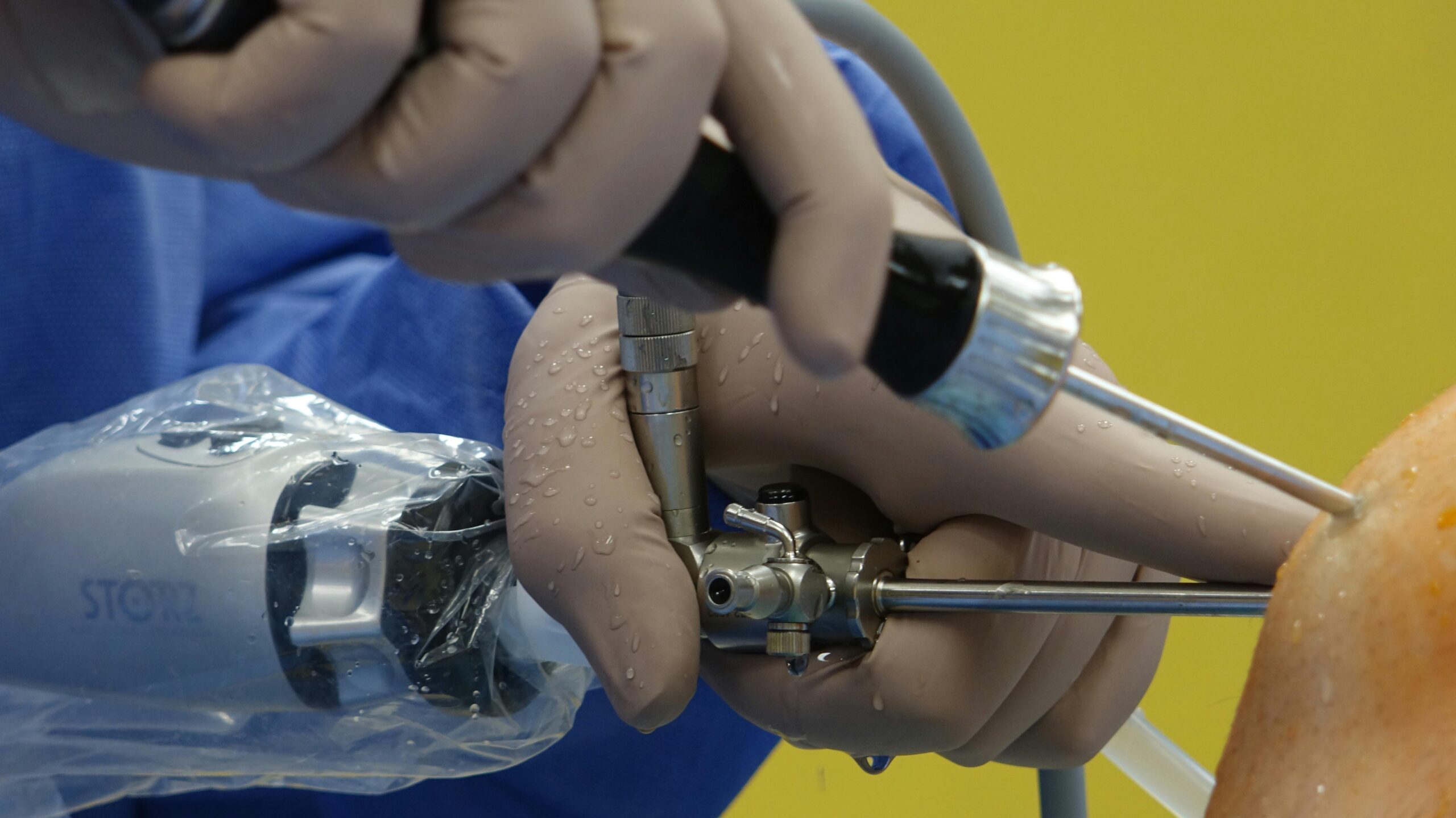We’ve all heard the advice: “Drink more water!” But how do you know if you’re actually hydrated enough? In a world of conflicting health tips and quick fixes, hydration is one of those fundamentals that’s easy to overcomplicate—or worse, ignore.
This isn’t just about chugging eight glasses a day. True hydration is a conversation between you and your body. Let’s dive into the subtle (and not-so-subtle) ways your body tells you it’s thriving—and what to do when it’s crying out for help.
Section 1: Why Hydration Isn’t Just About Water
Hydration isn’t a checkbox; it’s the foundation of how your body functions. Every cell, tissue, and organ relies on fluids to:
- Regulate temperature
- Flush out toxins
- Lubricate joints
- Deliver nutrients
- Sharpen mental clarity
But here’s the catch: hydration needs are personal. A marathon runner in Arizona has different requirements than a desk worker in Seattle. Age, weight, activity level, and even the weather play a role. The key is learning to listen rather than blindly follow rules.
Section 2: The Body’s 7 Silent Hydration Scorecards
Your body is constantly sending signals. Here’s how to decode them:
1. Urine: The Gold Standard
- Pale Straw Color: You’re nailing it.
- Clear: You might be overdoing it (yes, that’s possible!).
- Dark Yellow or Amber: SOS—time to hydrate.
- Foamy or Smelly: Could indicate dehydration or other issues—check with a doctor.
Pro Tip: Check your urine midday. Morning pee is naturally darker after hours without fluids.
2. Thirst: The Delayed Alarm
By the time you feel thirsty, you’re already mildly dehydrated. Don’t ignore it, but don’t rely on it either. (Fun fact: Aging dulls thirst signals—another reason seniors are prone to dehydration.)
3. Skin Elasticity: The Pinch Test
Pinch the back of your hand. If skin snaps back quickly, you’re hydrated. If it lingers, your cells are parched.
4. Energy Levels: The Midday Slump Myth
Feeling foggy or fatigued? Before reaching for coffee, try water. Dehydration reduces blood flow to the brain, tanking focus.
5. Breath & Mouth: The Dryness Clue
Sticky saliva or bad breath? Your body isn’t producing enough saliva due to low fluids.
6. Cravings: The Salt Trap
Dehydration can masquerade as hunger, especially for salty snacks. Your body is pleading for electrolytes.
7. Muscle Cramps: The Electrolyte Whisper
Sweating drains sodium and potassium. If your legs cramp post-workout, water alone might not cut it—try a banana or electrolyte drink.
Section 3: The Dark Side of Dehydration
Even mild dehydration (just 1-2% fluid loss) causes:
- Headaches
- Dizziness
- Irritability
- Constipation
Chronic dehydration? It’s linked to kidney stones, urinary infections, and even impaired cognitive function.
Real-Life Story: Sarah, a busy mom, blamed her constant headaches on stress. After tracking her water intake, she realized she’d only had one glass by 3 PM. Upping her hydration erased her “stress headaches” in days.
Section 4: Hydration Hacks That Don’t Feel Like Chores
Forget forcing gallon jugs. Try these human-friendly tips:
1. Eat Your Water
- Cucumber, watermelon, and strawberries are >90% water.
- Soups and smoothies count too!
2. Flavor Without Guilt
Add mint, citrus, or berries to water. Herbal teas (hot or iced) are great for non-water lovers.
3. Tech to the Rescue
- Apps like Waterllama send playful reminders.
- Smart bottles (e.g., HidrateSpark) glow when it’s time to sip.
4. Pair Hydration With Habits
Drink a glass after every bathroom break, or before each meal.
5. Electrolytes, Not Just for Athletes
Coconut water or a pinch of Himalayan salt in water helps balance fluids.
Section 5: “Am I Overhydrated?” (Yes, It’s a Thing)
Hyponatremia—dangerously low sodium—can happen if you flood your system with water without electrolytes. Symptoms include nausea, confusion, and swelling. Moderation is key!
Section 6: Your Personalized Hydration Checklist
- Morning: Drink 1 glass upon waking.
- Meals: Have 1 glass 30 minutes before eating.
- Activity: Sip 7-10 oz every 10-20 minutes during exercise.
- Alcohol/Coffee: Match each cup with a glass of water.
Section 7: The Mindset Shift: Hydration as Self-Care
Hydration isn’t a chore—it’s a daily ritual of honoring your body. When you sip water, you’re saying, “I matter.”
Conclusion: Become Your Own Hydration Hero
Your body speaks in whispers. Learn its language. Track your pee, snack on watermelon, and remember: hydration is a journey, not a destination.
Final Challenge: For the next 3 days, track your fluids and note how you feel. Small changes = big wins.
P.S. Share your hydration “aha!” moment in the comments. Did water fix your afternoon slump? Did electrolytes save your workout? Let’s swap stories!





